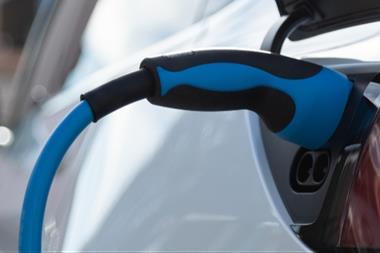The average price of both petrol and diesel sold on Britain’s forecourts edged up in August, despite a price cut at the start of the month, the latest data from RAC Fuel Watch indicates.
Unleaded was sold for an average of 111.5ppl at the end of August, up 0.33ppl on the price at the start of the month. The average price of diesel meanwhile rose 0.77ppl, finishing the month not far off a 2016 high at 112.81ppl.
The increase in prices has been triggered by the rising price of oil, up $6 (or 15%) in August and ending the month at $46.28, albeit down from the mid-month high of $49.78. The August increase contributed to a 3.11ppl rise in wholesale petrol prices and 4.81ppl rise in wholesale diesel prices.
RAC fuel spokesman Simon Williams said: “There was a strong case for a 3ppl cut in the price of petrol and diesel in late July, and it was a relief to see retailers going some way towards passing on savings to motorists at the start of August. Since this point however, the oil price has rebounded slightly which has had the effect of pushing up wholesale fuel prices again.
“Motorists have benefited from some slightly cheaper fuel prices in August compared to July, which will have come at a helpful time given the school holidays.
“It is still the case however that the average price of unleaded petrol grew at its slowest rate in more than a year in August, and we are thankfully still a little way off the sorts of average prices we saw earlier in 2015 when petrol hit 117ppl and diesel nearly 121ppl.
“There has been much speculation that the Organisation of Petroleum Exporting Countries (OPEC) might agree a curb on oil output, together with some non-OPEC members such as Russia, which could lead to price rises. But there has been this sort of speculation before and to date, no caps on production have been agreed and supply is still outpacing demand meaning the oil price has remained relatively low. It remains to be seen if, following a planned meeting in Algeria in late September, anything concrete is agreed which may give us a clearer idea of where oil prices, and therefore fuel prices, might be heading into the end of the year.”






























No comments yet